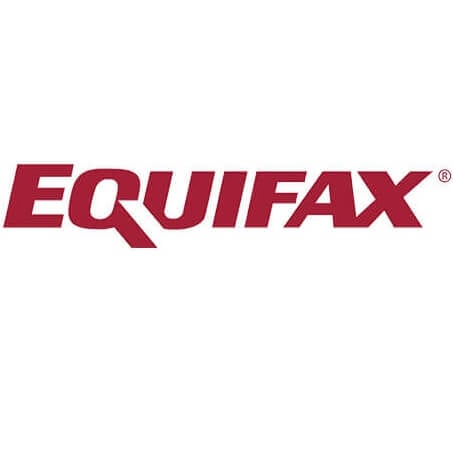What is the game here? What are fraud artists trying to accomplish?
“The premise of social media is that you’re creating and keeping in touch with a circle of trusted contacts,” says Julie Kuzmic, senior compliance officer, consumer advocacy at Equifax Canada. “Your network of contacts is valuable to criminals.”
3 ways fraudsters use social media to steal your identity
Social media fraud typically takes one of three forms:
The fraudster takes over your account, usually by successfully hacking or guessing your account user ID and password. They can then obtain your list of contacts and do a lot of damage in the time it takes for you to alert the platform and regain control over the account.
The fraudster creates a new account in your name, often using a photo of you obtained online, and makes contact with people in your network or even strangers.
The fraudster may play a longer game where they set up an account under a fake persona, then reach out to large numbers of other users in the hope of initiating and nurturing digital relationships, including romance scams.
“I’ve seen situations where somebody starts a conversation as if the recipient already knows them. That person may say, ‘You’ve got the wrong person,’ to which the fraudster responds, ‘Oh, my apologies for making a silly mistake,’” Kuzmic says. That interaction can serve as a foot in the door with an account holder who may be lonely or perceive that they have something in common with the person who initiated the exchange.
“That seemingly harmless interaction can build over time,” Kuzmic says. “It might be a multi-step process that the fraudster will nurture along to build trust.”
The fraud artist may start by sharing legitimate information about a great deal on a product on sale. Only later, once a level of trust has built up, they might suggest going in on an investment together or otherwise creating a scenario where they can separate the target from their money.
Precautions to take on social media
When criminals take over an account or impersonate a social media user, they often try to recruit more victims. They may also reach out to the user’s contacts, who—because they trust their friends—may be more likely to respond. Contacts may also be reassured by the number of other acquaintances they have in common.
“It turns into a kind of higher-percentage phishing scam,” Kuzmic says.
X
The doors left unlocked to criminals using social media can include easy-to-guess passwords, open privacy settings, and corroborating personal information obtained from other sources.
For social media users, the best defence against being defrauded includes:
Using strong passwords that are different from the ones you use on other platforms.
Getting to know each platform’s privacy settings. (They’re not all the same.) Try to limit the visibility of posts and images that contain clues to personal information (such as birthdays and groups you belong to) to just your friends and contacts.
Avoiding oversharing even among friends, for example by posting honeymoon photos or naming a pet.
Not accepting invitations from people you don’t know, even if you appear to have connections in common.
Maintaining a sense of skepticism at all times, including when you receive messages from known contacts.
Kuzmic notes that simply accepting an invitation usually won’t, in itself, put you in danger. It’s what happens next—fraudsters may ask for help with a financial shortfall, for example.
“Any time a sense of urgency is attached to the request, that’s a red flag,” she says. “Remember, you can always verify whether a request is genuine; for example, contact the person by phone, via email, or on another social network.”
sponsored
Equifax Complete Protection
Equifax Complete Protection is a credit and cybersecurity protection service designed to help Canadians spot the signs of identity fraud faster.
Provides daily credit monitoring and alerts
Scans for your personal data on the dark web
Social media monitoring by industry leader ZeroFox
Subscription price: $34.95 per month
Further lines of defence: Fraud protection from Equifax
If you think your account has been compromised, contact the social network and follow its recovery protocol. Also alert people on your contact list, preferably through other media, to warn them against approaches by people who claim to be you.
For an extra level of protection, Canadians can subscribe to Equifax CompleteTM Protection. This credit monitoring and ID protection service is $34.95/month and includes a wide range of features, including social media monitoring that can potentially spot suspicious activity before you do. It uses AI to scan your social media accounts for account impersonation, scams, and malicious or inappropriate content.
Learn more about Equifax Complete Protection.
This article is sponsored.
This is a paid post that is informative but also may feature a client’s product or service. These posts are written, edited and produced by MoneySense with assigned freelancers.

























